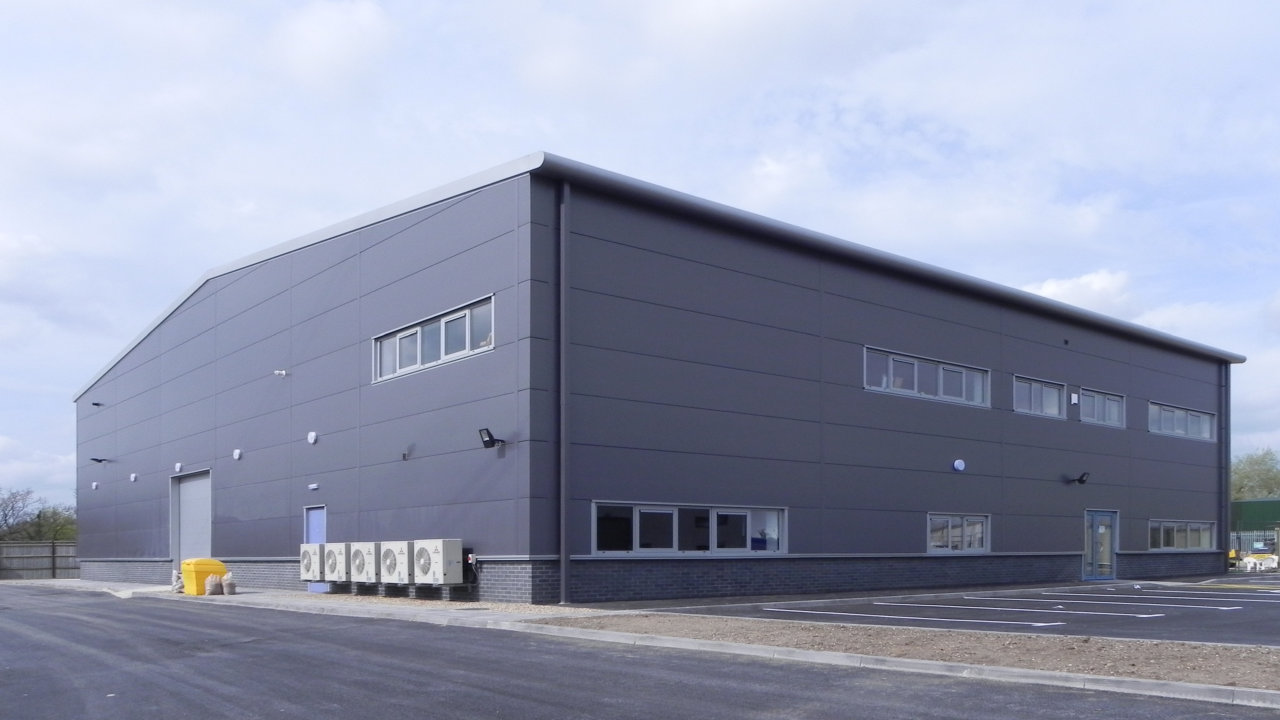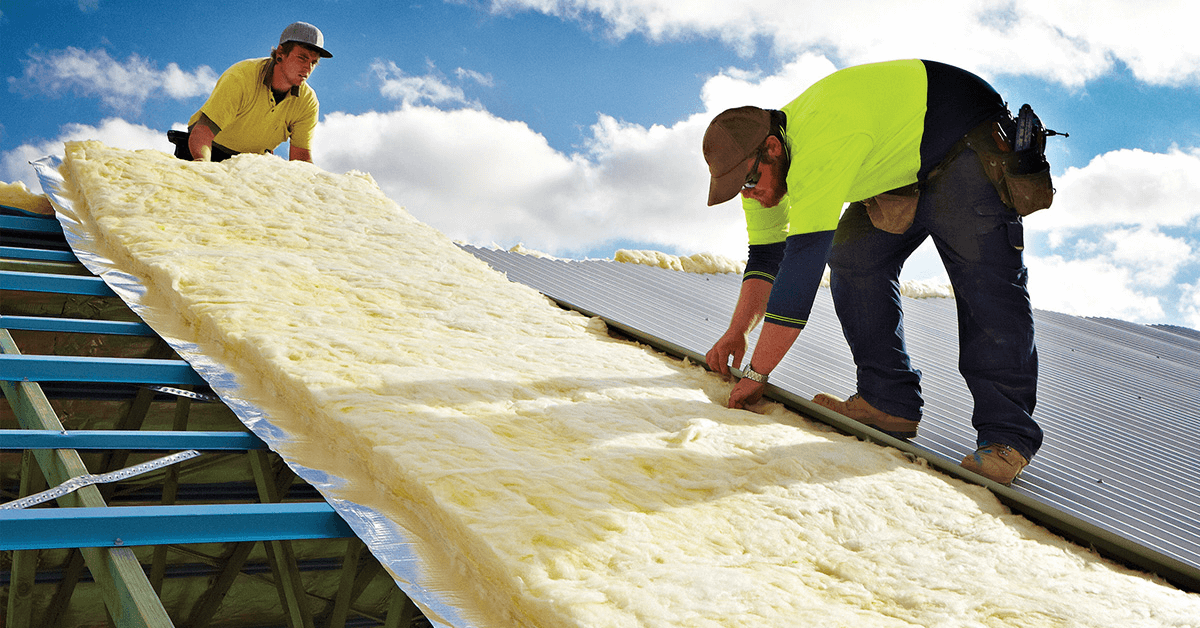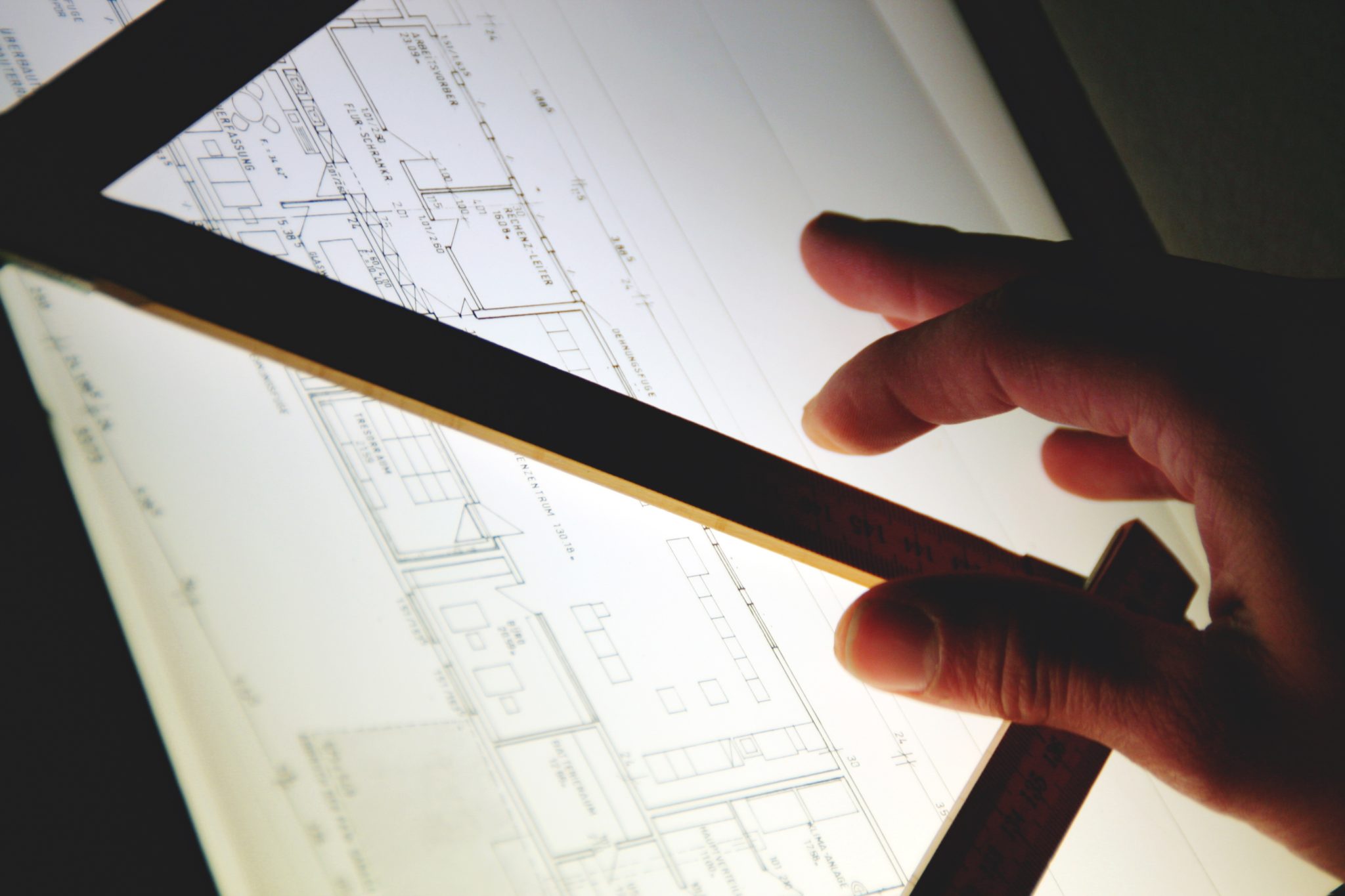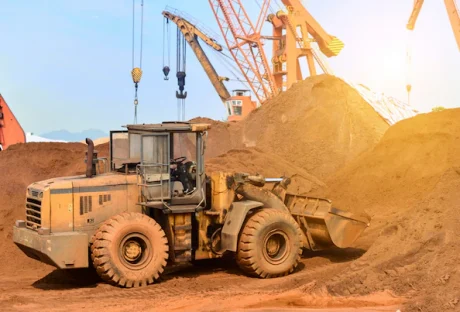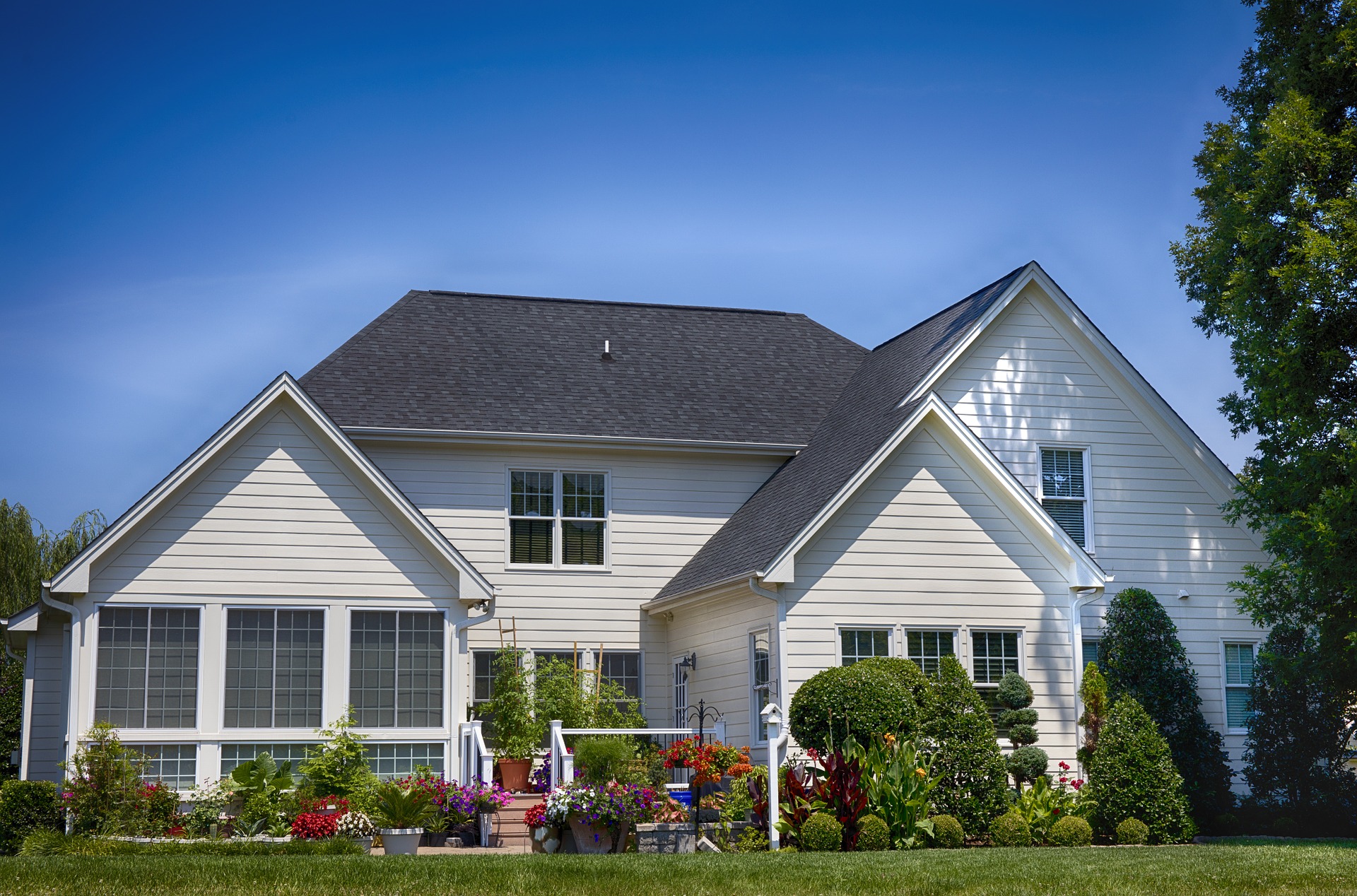In general, the purpose of a roof is to keep the building’s interior safe and dry from all the elements. However, in terms of roofing used in cold storage facilities, it isn’t sufficient for it to just be water-tight. Energy-efficient and vapor-tight roofing systems are special types of requirements. The following are several different variables that need to be considered when designing and constructing cold storage warehouses or large portable buildings. They include equipment, doors, and flooring systems, and whether or not you are incorporating any type of value-added service offerings. The following are four different things that need to be considered for your roofing system for a cold storage building:
Type of roof :
- Insulation material
- How the roof is connected to the walls
- Roof installation method
Let’s take a close look at the important things you need to know and why this matters.
1. Single-ply roofing: the top vapor-tight option :
There are several different roofing options that are available for industrial and commercial buildings. A flat roof is a common choice, with three of the common categories being single-ply roofs, modified bitumen, and built-up roofs. Both modified and BUR roofs (in addition to hybrids of those two options) have multiple layers comprised of a thicker blended system. Those types can be thought of as lasagna-like stacks that are comprised of several layered materials, for BUR it is gravel and tar, or there are also modified roofing sheets that are made with asphalt that is modified with either asphalt, plastic or rubber, along with insulation.
2. A continuous thermal envelope is created :
Vapor seals that are improperly designed may cause leaks, and that can lead to frost, snow or ice build-up. Typically freezer will show signs of vapor leaks – like ice buildup in doorways, penetrations, and corners – before other spaces within a cold storage facility. Most likely coolers will indicator vapor leaks through signs of dripping water or surface moisture at times – similar to what appears on a glass of cold beverage on a day that is warm.
3. Select the right type of insulation :
An entire building is affected by heat gain or loss in a roof. Effective insulation is especially important in a cold storage facility. Refrigerated facilities need to have greater insulation compare to the standard type that is used in typical building for energy efficiency to be maximized. Having roof insulation layers that are staggered help to increase a roof’s thermal efficiency and reduces air movement inside of the system. Roof insulation gaps should be minimized by using field foaming in large gaps and foamed perimeter connections in some cases at the roof-to-wall connections. In addition, a reflective, light-color roof can help to minimize excess heat absorption.
4. Don’t cut corners on your installation :
In addition to the roofing materials, it is critical to have a high-quality installation of a roof system to ensure overall performance and effectiveness of the envelope of a building. You could have all of the best elements in an ideal roofing system. However, what good will that do you if the installation isn’t done right? There are many roofers available, however, a cold storage facility needs to have a unique roof system and a specialized team is needed that understands the variables, restrictions, and needs that are involved. Make sure that you work with a qualified and knowledgeable installer who is experienced in the refrigeration and cold storage market.
Potential consequences :
What might happen if the roof system on your refrigerated roof system installed properly by a roofing expert? It means that your building is at a higher risk for developing vapor leaks, and those repercussions can right from being unattractive to be physically dangerous to humans:
Food safety risks: Outside contaminants can be introduced into the building by vapor leaks, and excessive moisture coming from these leaks can promote the growth of bacteria.
-Worker safety hazards: Ice buildup and condensation can produce slip hazards.
– Higher utility bills: If there is any warm air that is leaking into your facility, then you will have to spend more money to cool it down and removing moisture will be even more difficult.
Overworked equipment: When warm air leaks in, it results in your refrigeration system needing to work harder in order for the optimum moisture and ambient temperature to be maintained, which can increase maintenance frequency and shorten its lifespan.
Aesthetic damage: Excessive amounts of moisture may result in your facility having unattractive staining. That identifies the problem visually but may also mean your visiting customers are left with a negative impression.
Possible structural damage – When ice builds up in the slabs and wall joints they can grow in size and swell, which over time can cause unseen or visible structural damage.













